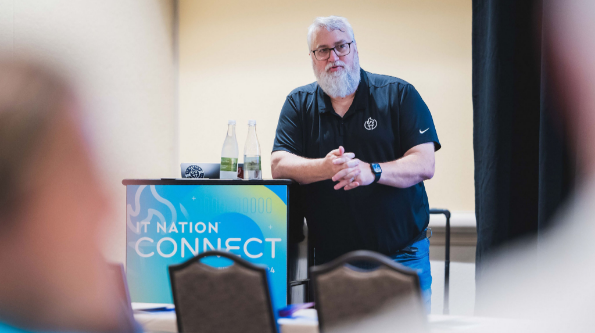If you put 100 service providers into a room, how would you measure their success? When it comes to operational maturity, you can have large enterprises with low OML in the same way you can have small service providers with high OML. Whether you're just starting your MSP or have been around for a while, you can always work to improve operational maturity to get closer to—and reach—your goals.
Operational maturity is a means of determining how your company's decisions, processes, and actions are aligned to the highest potential outcome of your efforts. It's your ability to scale quickly and efficiently while also growing your earnings before interest, taxes, depreciation, and amortization (EBITDA). Best-in-class service providers are those in the top 25% of EBITDA and are thus a great resource to understand which best practices service providers should implement to win in a competitive landscape.
There are 39 OML traits that all high-performing solution providers master across strategy, sales, service, finance, and incentive compensation. Each OML trait has a different ROI based on various factors, including the cost to implement, difficulty in implementing, risk if not implemented, speed of impact, impact on profit, the impact of quality, and speed of implementation.
Let's dive into how you can leverage these 6 OML traits to improve your financial performance.
1. Value creation strategy
Do you have a five-year, or perhaps even a 10-year, operational improvement plan for value creation strategy?
The first step in any long-distance journey is to plan, right? You'd put together a packing list, pack the things necessary for what you'll need for your destination, and roll out the oversized map to start plotting your route through the country's most scenic areas and roads. Okay, maybe not the map any longer, but it all stands true.
You'd put steps, processes, and plans in place to get you to your final destination successfully. Well, that's where this journey begins as well, and it's just as critical as any of the other OML traits we'll discuss. Putting together your value creation strategy (VCS) is very similar to planning a long and adventurous trip. By having your destination in mind early, you can more effectively plan and strategize on how you will reach your destination. JP Morgan once said, "The wise man bridges the gap by laying out the path by means of which he can get from where he is to where he wants to go." If you haven't done this for your organization, it's time.
Where to begin, though? It's a fairly simple process that starts with determining where you need to be financially and when you need to be there. Speaking with your financial planner is the most effective method of calculating this, but for some napkin math, just take what your post-tax passive income goal is and multiply by 25. So, if after retirement, your desired annual post-tax passive income is $400k, then plan on needing $10m at the time of retirement.
This number then gives you the destination, but we still need to determine our timing. To do this, just determine how many years you have to accomplish this target. Let's say we have 10 years before retirement, and I now have a goal to have a profitable MSP that we can sell for a profit of $10m in a 10-year timeframe.
Next, we need to do an honest assessment of where your organization sits today to compare it to the end result. And this is where deeper number crunching comes into play to calculate the current stock value of your organization. But historically speaking, here is an example from Service Leadership:
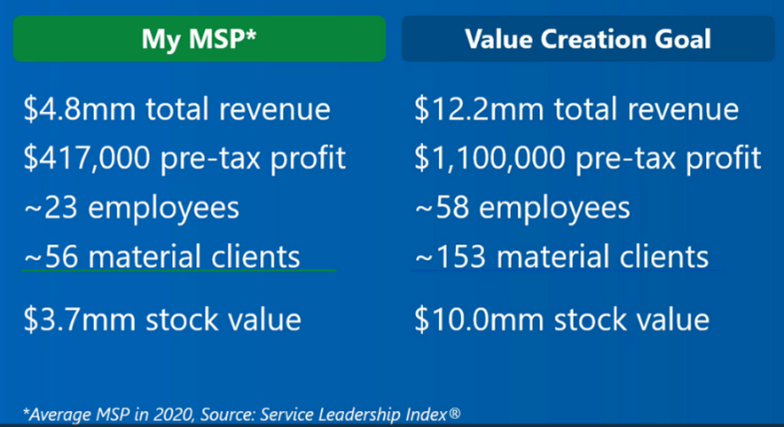
Figure 1: Example VCS of an average MSP
As you can see, with the inputs of total revenue, pre-tax profit, and some functional data, we can see that my company's stock value is $3.7m. So, I'm partially to my $10m target, but now I need to define how I will get to the finish line. Obviously, this means growing my total revenue, increasing my pre-tax profit, and scaling my business, but at this point, I can implement steps, plans, and milestones to get from where I am to where I need to be.
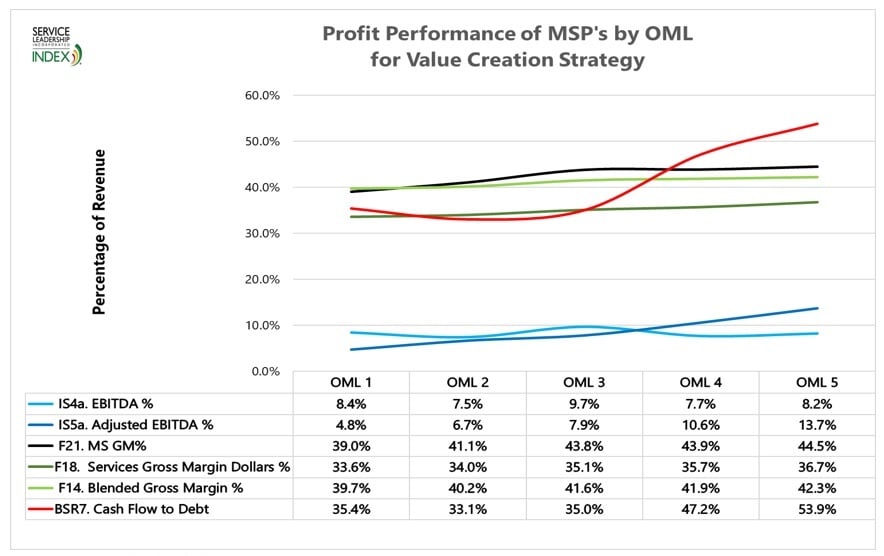
Figure 2: Value creation strategy and financial performance
2. Target customer profile
A target customer profile (TCP) is just that. The focus here is on the customer segment that aligns with your VCS and allows you to achieve your goals faster and more efficiently. As your organization matures, you'll find that it's easier and easier to turn down work that falls outside of your wheelhouse, and this is very important. In other blogs, you've heard me refer to this as "anything for a buck" or AFAB, and this hinders your ability to truly grow and scale.
Understandably, it's very difficult to grow early on without taking some risks on the sales revenue side, but as they grow and mature, the most successful MSPs create a TCP and stick to it. By having a TCP, you can now begin to develop a product stack that aligns with this profile's needs. You can perfect the service delivery flow for them and provide higher quality services at better gross margins.
You not only get to streamline the processes and flows from your side, but you also get better at closing these deals with a greater number of services. This means more customers with greater MRR, which gets you to your VCS much faster!
Creating your TCP isn't as difficult as it seems—you're probably already doing some of it today, and if you're not, then you should. Let's start with your existing customer base. Which customer size do you currently have the most of? How many of these are in your geographic area? Which markets purchase all or most of your service offerings? We'll use these details to define our TCP and then consistently review these details to ensure we're adjusting for changes in the market and internally.
Once you have the TCP defined, you can then hone your skills in all areas of your business to master these potential clients and tailor your service offering for the highest potential success rate and MRR. Lastly, you'll implement incentives for your sales team to sell only to your TCP and for your service delivery teams to have raving fans in an effort to improve your retention.
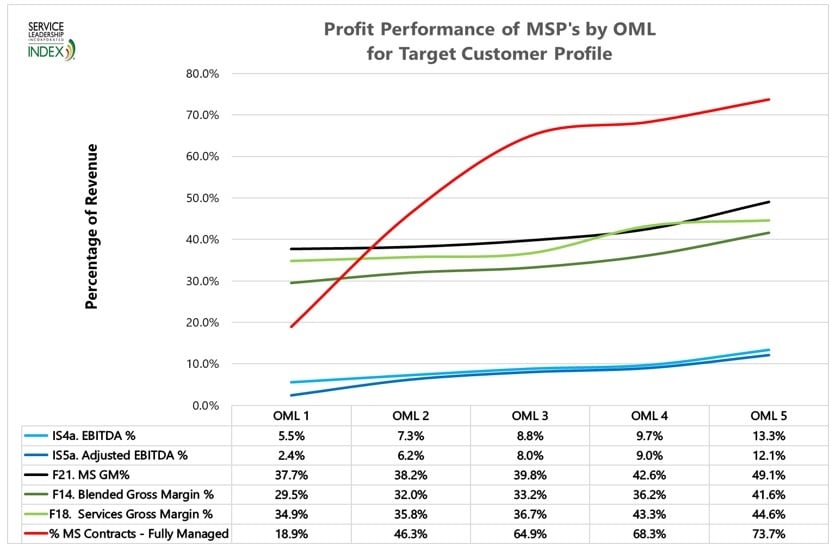
Figure 3: Target customer profile and financial performance
3. Driving technology standards
Another key to high-quality growth and profitability is minimizing technical complexity. This enables great customer and employee experiences, higher retention, more referrals and sales confidence, and fewer people at a lower cost. Higher-performing MSPs get standards in place right away.
Similarly to being more accepting of price increases, customers focused on high quality will be ok with investing in technology. Their willingness to invest in technology is a good indicator that they're going to stick with you longer. Because of these technology standards, your techs will better understand what they are servicing and be able to provide customers with a better experience.
You'll also gain greater efficiencies across the spectrum, because now your service team won't have to go out and understand eight different backup solutions or 19 different security offerings. By standardizing across your client base, you'll improve their results and set yourself up for success. You'll be able to invoice accurately, unlock new efficiencies, and offer a better customer experience—it's a win-win all around.
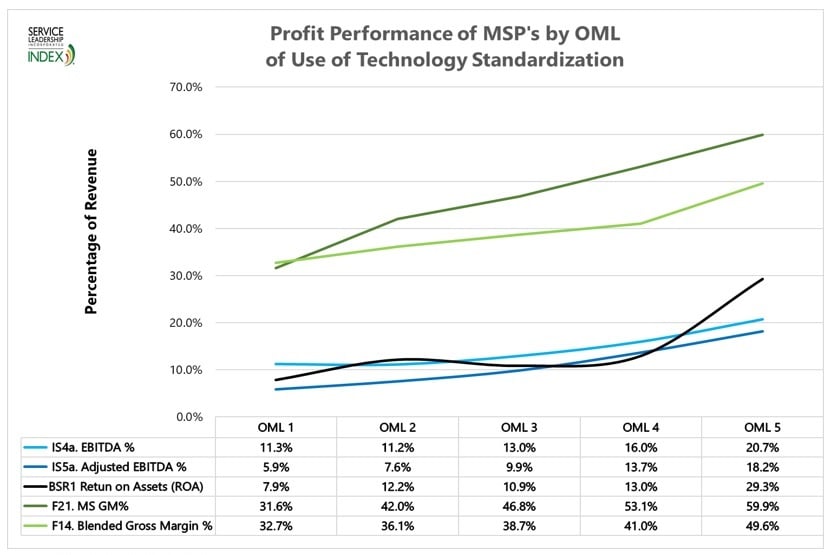
Figure 4: Technology standards and financial performance
4. Quarterly business reviews
An area of value for both you and your customers is an ongoing collaborative effort between you and those you provide services for: the quarterly business review (QBR). In a lot of ways, the QBR is your chance to do something that a lot of MSPs struggle to do, and that is present your proof of worth.
In so many ways, MSPs work to stay out of the day-to-day lives of their customers, and this is for good reason. Time is money, and your customers need to value their own time as much as you need to value the time of your teams. In this manner, it can be difficult for customers to appreciate or value your services without you being visible. So, it's the QBR that allows us to present to the client exactly what we're doing for them and how much of it is being done.
In short, this gives us a chance to brag to the customer. It gives us the platform to share with the customer what their monthly costs are supplying them. Having these types of engagements leads to longer and happier relationships with your customers.
In addition, it's a learning opportunity for you and your team. It's extremely important to open up conversations in both directions and encourage your clients to be vocal about those areas that you're doing well and those that can be improved. One of the methods of asking for this information is through a "four helpful lists" exercise that we at ConnectWise use regularly and that we evangelize to all of our Evolve members.
This method offers a little structure to align thoughts around what is right, what is wrong, what is confusing, and what is missing. By opening up the dialogue with your clients in this manner, you can learn about all of the areas you're doing things properly and continue doing these.
Then, you also have the input from clients on how to improve in multiple areas of your business. By taking an open approach to communication, you'll find areas for improving your organization for the better, creating additional differentiation to grow and scale your business. Not to mention, you'll have a raving set of existing clients far into the future.
For maximum positive impact, QBRs should be conducted quarterly and should, at least a couple of times each year, include the customer's top-level decision maker, often the owner or CEO. This way, you and the decision maker can align on the business objectives of your customer, and you can make sure you are enabling their technology to help achieve those objectives. It also gives you an opportunity to align on a 12-24 month IT roadmap and budget so that you are eliminating surprises for the customers.
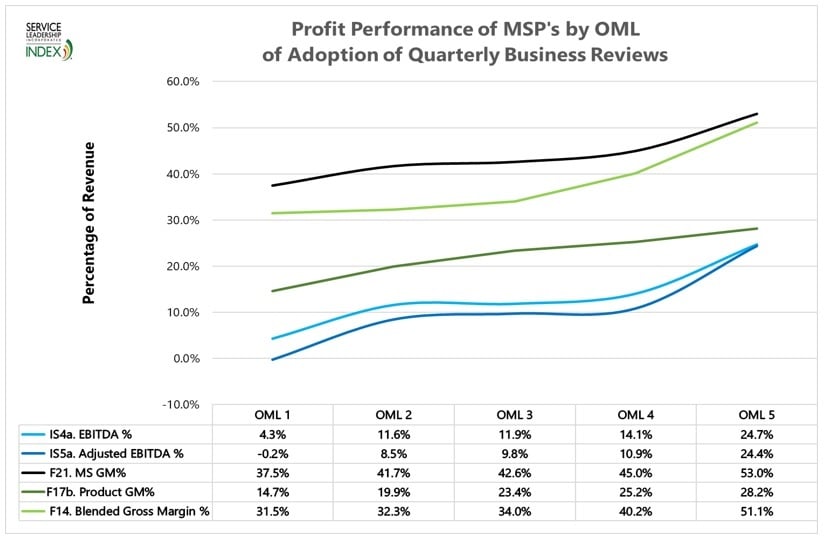
Figure 5: QBRs and financial performance
5. Charging for technical assessments
Doing a full paid, technical, and business alignment assessment before quoting managed services enables the highest differentiation, close rate of desirable customers, revenue per account, and profitability. Higher-performing MSPs do this on more than 90% of opportunities.
The truth is, your customers likely have no idea what is in their office. They often don't know what's in their four walls or what's out of them, so how can you create an effective quote? This isn't just a technical assessment—it allows you to query the executives one at a time about their desired outcomes, technology challenges, and plans for the company, allowing you to build a more successful, less risky relationship with greater understanding.
You're also able to propose the richest offering because you've spent time uncovering what they see as valuable and can explain to them what you see as value. All this is under the guise of doing a good, comprehensive assessment.
Selling a pre-contract assessment can weed out those customers that don't align with what you're trying to accomplish as a managed service provider. This allows you to set the customer up for success as it aligns directly with the standardization of your hardware and software packages. The pre-contract assessment is where you can bring in a little bit of additional revenue without having to upsell a customer, and it's going to accomplish so much more for you on the back end.
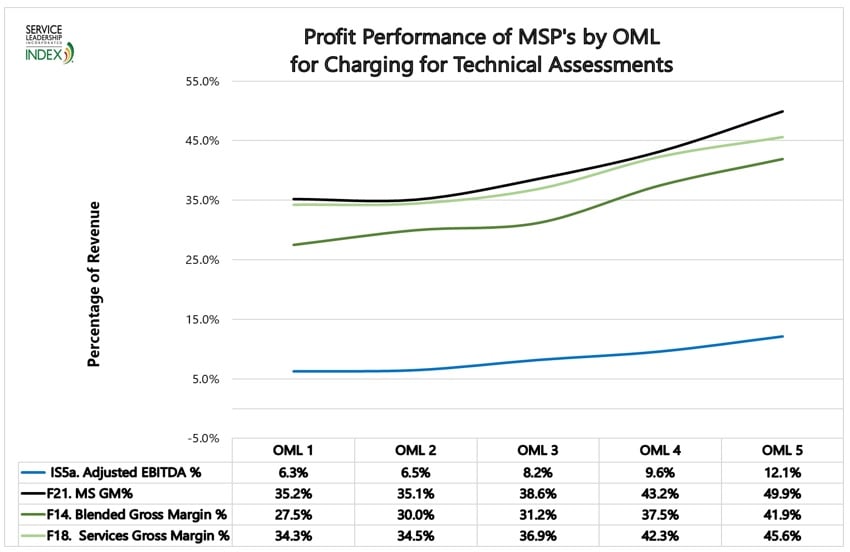
Figure 6: Charging for technical assessments and financial performance
6. Price increase management
Charging too little may help close the deal, but ultimately, it leads to an unsatisfactory relationship. The MSP has too few resources to apply to doing a good job, and the client doesn't get good support. As a result, too many of these relationships end too soon.
MSPs or solutions providers that don't effectively increase their prices are not setting a good standard. Beyond leaving money on the table, if you think about the customers that you want to bring on, you always want to work with customers that appreciate technology. It's essential to partner with businesses that are investing in their future with what you offer—those are the ones that are going to leverage your expertise in the most effective way.
The fact is, if you don't raise your prices, you're going to work yourself out of business. Right out of the gate, you can let your prospects know during the initial sales cycle that recurring contracts have an annual increase. This way, they're not surprised and are expecting it. And then, you're also weeding out those individuals who don't have respect or appreciation for the technology and how it impacts their business. If they don't agree to this, then you don't have to sign them—it's just plain and simple.
Conclusion
Success comes when you decide to implement best practices. You get to decide how you want to move forward to either achieve low OML or high OML. These OML traits are interconnected to make the others easier to implement. Once you get started, consistency is the key to success. You might hit a few bumps in the road or encounter a prospect who isn't willing to pay for a pre-contract assessment—this is all a part of the process. You want to work with people who find value in your offerings. Those are the best customers to have, as they will speak highly of your services to other prospects to help you continue to grow and reach your goals.


















